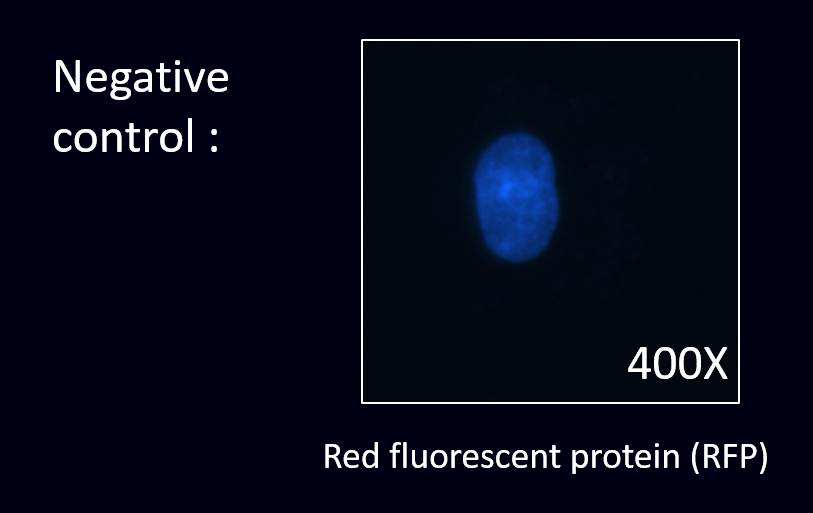Part:BBa_K1694024
Pcons+B0034+Lpp-OmpA-N+scFv(Anti-EGFR)
Introduction:
By ligating the constitutive promoter (BBa_J23101), strong ribosome binding site (BBa_B0034) and Lpp-OmpA<a href="https://parts.igem.org/Part:BBa_K1694010">BBa_K1694010</a> connected to Anti-EGFR<a href="https://parts.igem.org/BBa_K1694004">BBa_K1694004</a> , we were able to display the Anti-EGFR on the E. coli outer membrane continuously.
This year we want to create a customized platform so we generated two libraries, Pcon+RBS+OmpA-scFv and Pcons+RBS+Fluorescence+Ter. From these libraries, we can select one plasmid per library to cotransform into the E. coli. Therefore, our customers can choose any scfv and any fluorescence protein. Our team will then co-transform the two plasmids, which helps us tailor our product to the wishes of our customers.
Experiment:
1.Cloning
After assemble the DNA sequences from the basic parts, we recombined each Pcons+RBS+Lpp-OmpA-N+scFv gene to PSB1C3 backbones and conducted a PCR experiment to check the size of each part. The DNA sequence length of these parts is around 1100~1300 bp. In this PCR experiment, the scFv products size should be near at 1300~1500 bp. The Fig. 2 showed the correct size of the scFv, and proved that we successful ligated the scFv sequence onto an ideal backbone.
2.Co-transform (Two plasmids)
(1) Parts:
(2) Cell staining experiment:
After cloning the part of anti-EGFR, we were able to co-transform anti-EGFR with different fluorescence protein into our E. coli.
The next step was to prove that our co-transformed product have successfully displayed scFv of anti-EGFR and expressed fluorescence protein.
To prove this, we conducted the cell staining experiment by using the co-transformed E. coli to detect the EGFR in the cancer cell line.
(3) Staining results:
Modeling
In the modeling part, we discover optimum protein production time by using the genetic algorithm in Matlab.
We want to characterize the actual kinetics of this Hill-function based model that accurately reflects protein production time.
When we have the simulated protein production rate, the graph of protein production versus time can be drawn. Thus, we get the optimum protein production time
Compared with the simulated protein production rate of time, our experiment data quite fit the simulation.
Co-transform (Two plasmids)



Usage and Biology
Sequence and Features
- 10COMPATIBLE WITH RFC[10]
- 12INCOMPATIBLE WITH RFC[12]Illegal NheI site found at 7
Illegal NheI site found at 30 - 21COMPATIBLE WITH RFC[21]
- 23COMPATIBLE WITH RFC[23]
- 25INCOMPATIBLE WITH RFC[25]Illegal NgoMIV site found at 451
- 1000COMPATIBLE WITH RFC[1000]
| None |









